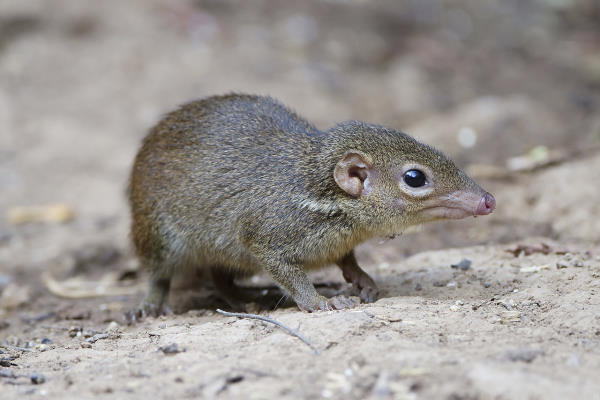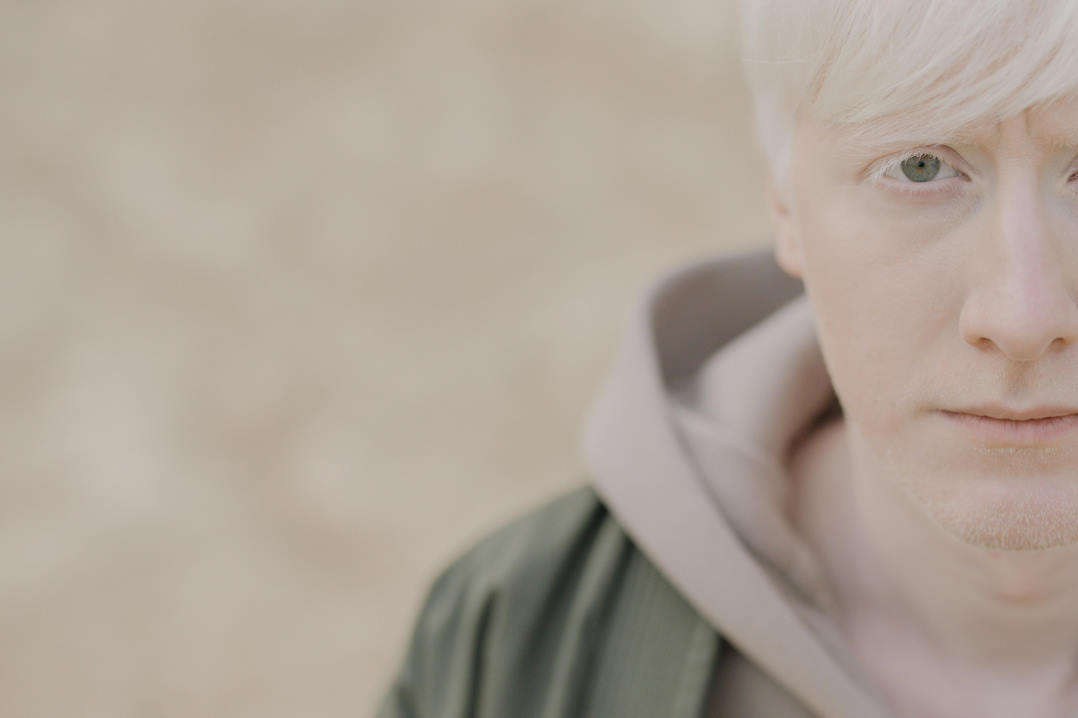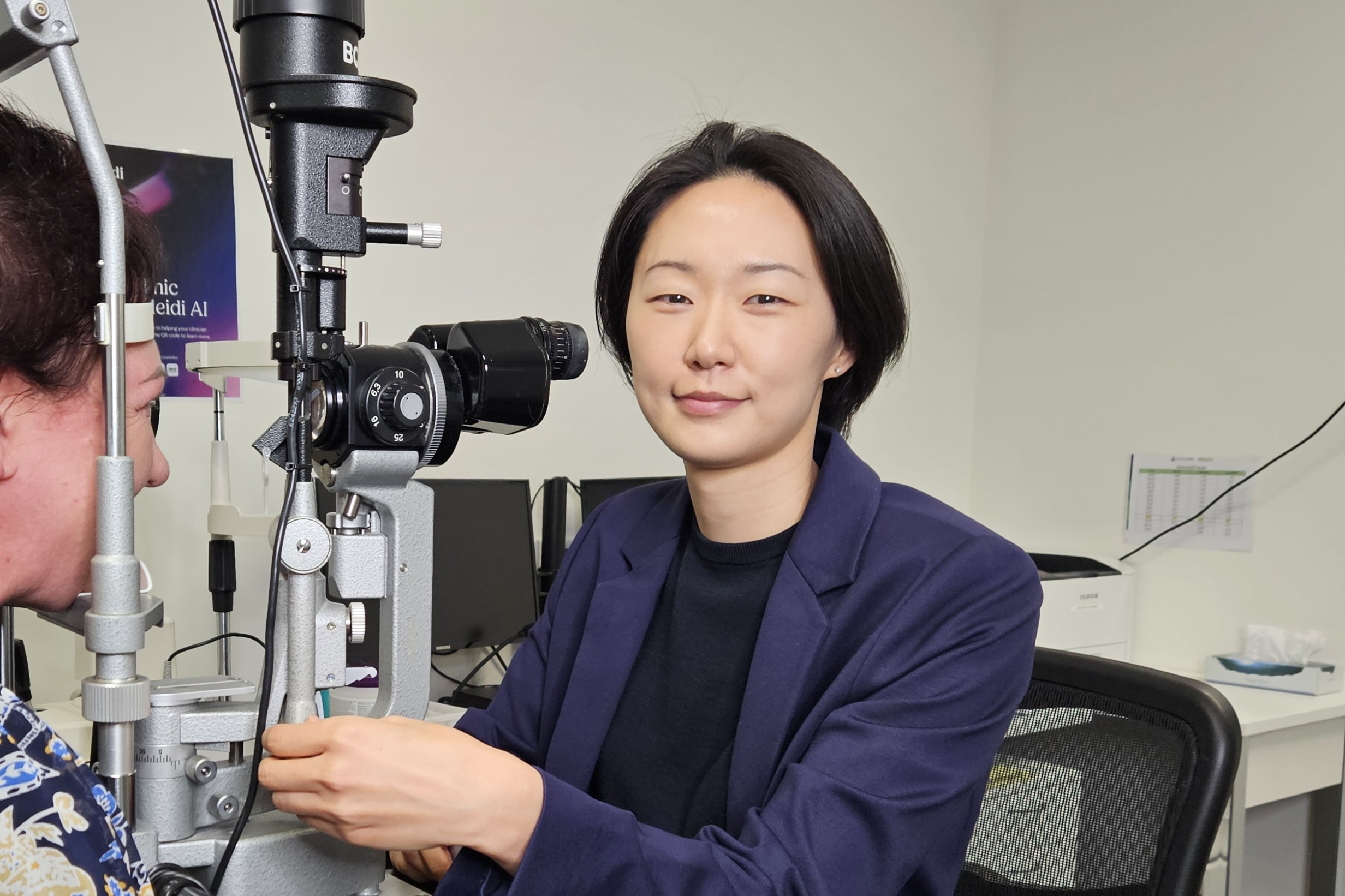Shrew clue for dry eye?
Breakthroughs in healthcare can come from unusual places, said Assistant Professor Jianzhong Chen, and he and his colleagues may have discovered a new one for dry eye.
In a recently published study A/Prof Chen, from the School of Optometry at the University of Alabama at Birmingham (UAB), aimed to identify the underlying mechanisms causing dry eye disease with the help of the tree shrew, a non-primate mammal that is genetically similar to humans.
While tree shrews have been extensively studied as a model for myopia and other diseases, such as glaucoma, this is the first time they’ve been used for research into dry eye disease, he said.
A/Prof Chen’s team found the lipid profile of a tree shrew’s meibum was very similar to that of humans, making viable comparisons possible and, since the tree shrew has a short lifespan, it is also possible to monitor meibum lipid changes through their lifetime.
After studying the lipid profile of the tree shrew’s meibum, slight differences from human meibum were detected. These could be related to the much lower blink frequency of tree shrews and are being used to identify components potentially important for inhibiting evaporation, said A/Prof Chen.
























